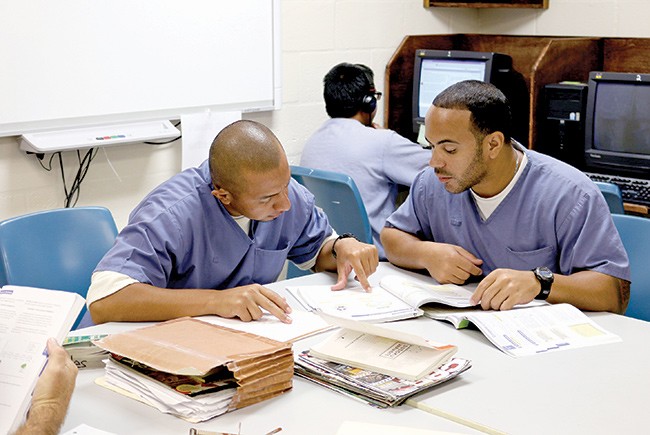REHABILITATION IN PRISON
Author – Sagar Singla, Student of Gitarattan International Business School.
Best Citation – Sagar Singla, REHABILITATION IN PRISON, ILE JOURNAL OF GOVERNANCE AND POLICY REVIEW, 1 (1) of 2023, Pg. 61-67, ISBN – 978-81-961791-0-6.
ABSTRACT
Rehabilitation in prison is a process of changing an individual’s behaviour, attitude, and beliefs in order to provide them with the skills and resources to be successful and start a new life after releasing from the prison. It aimed at equipping prisoners with the skills and resources they need to lead productive lives after their release. Rehabilitation programs can include job training, education, mental health and substance abuse treatment, and other activities that help people to form the tools to be successful when they renter society. In addition, rehabilitation programs can include mentorship programs, volunteer programs, and faith-based initiatives that help provide individuals with support and guidance. Ultimately, the goal of rehabilitation is to reduce the likelihood of recidivism and help individuals become productive and contributing members of society. But improving rehabilitation in prisons requires increased funding, expanded programs, improved staffing, reduced overcrowding, and a cultural shift that views prisons as places of rehabilitation rather than punishment. By addressing these challenges, we can reduce recidivism rates and promote public safety by ensuring that prisoners are better prepared to reintegrate into society after their release.
Key words: prison institution; rehabilitation system; imprisonment; punishment, Prison Education, Vocational Training, Substance Abuse Treatment, Life Skills Development, Prisoner Mental Health
